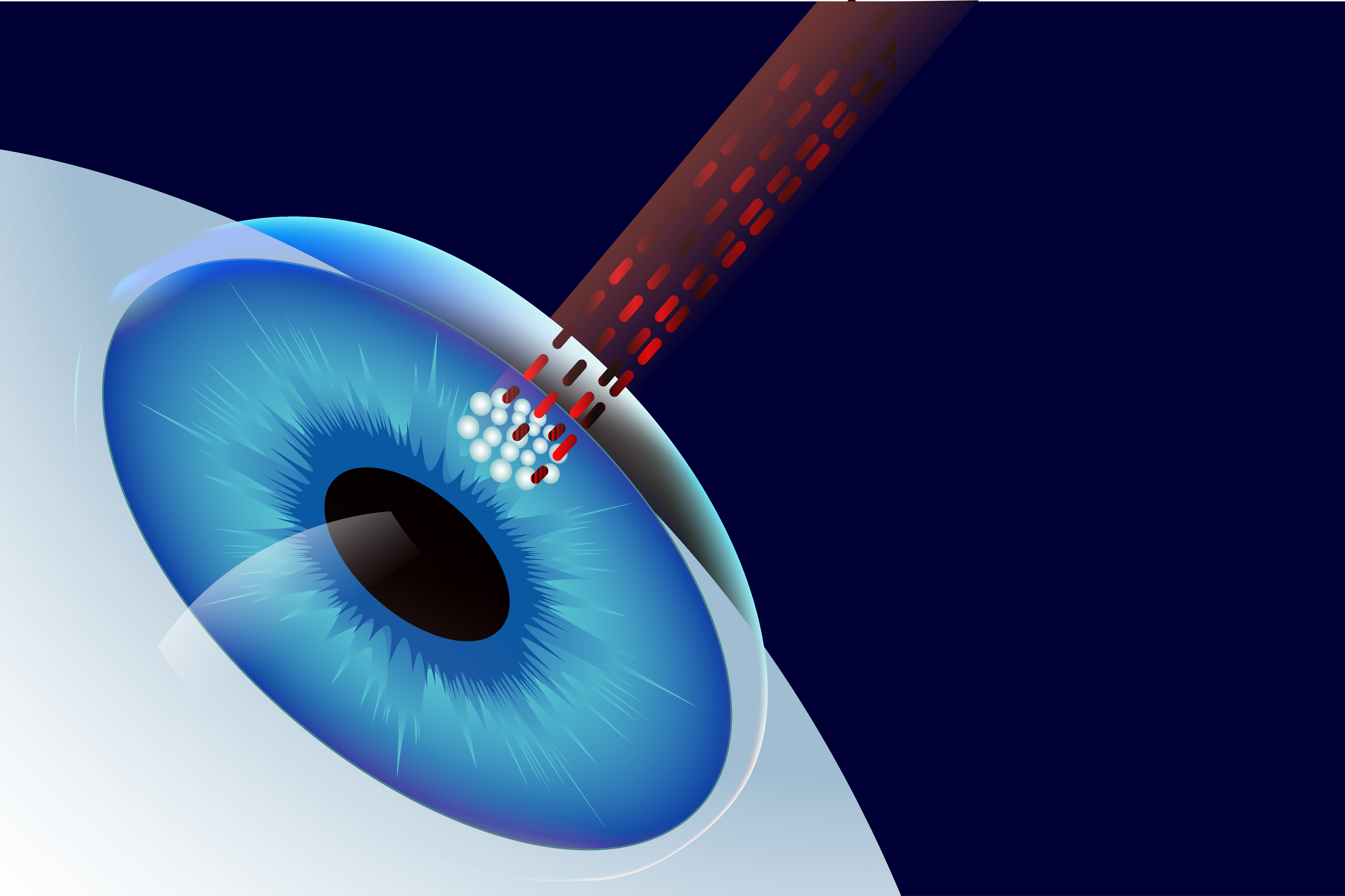
Wondering about the latest advancement in spectacle removal? Tired of using contact lenses and looking for a permanent solution? SILK Surgery, a next-gen laser vision correction procedure by Johnson and Johnson Vision. In this blog, we will provide a comparative analysis between SILK Treatment and other popular refractive eye surgeries to help you make an informed decision about your vision correction.
The SILK Treatment: How It Stacks Up Against Traditional Methods
SILK, stands for Smooth Incision Keratomileusis, is a next gen refractive eye surgery that offers an alternative to more established procedures like SMILE, Contoura Vision, LASIK. It was developed to address some of the limitations of these traditional surgeries. Here, we’ll explore SILK vision surgery alongside LASIK, PRK, and SMILE (Small Incision Lenticule Extraction) to help you understand the differences and similarities; though for detail about SILK Treatment, you may visit
SILK vs. LASIK
Below are the pointers on how SILK is different from LASIK:
Flap Creation:
LASIK or Contoura Vision involves creating a corneal flap on the eye’s surface, whereas in SILK Surgery, a lenticule is created through laser and then extracted via small incision approx 2-3mm, reducing the risk of complications associated with flap creation.
Recovery Time:
Unlike LASIK, SILK offers a quick visual recovery, usually within hours. Patients may resume their daily activities within 24hrs only.
Side Effects:
SILK minimizes the risk of common side effects associated with LASIK, such as dry eyes, glare, and halos, particularly at night.
Suitability:
SILK treatment is suitable for a wide range of refractive errors, from myopia to to astigmatism, making it versatile for many patients. Not only this but also the range that SILK covers is wider than other procedures.
SILK vs. PRK (Photorefractive Keratectomy):
Procedure:
Though PRK does not involve corneal flap creation, epithelium (the outermost layer of the cornea) is removed though. Whereas in SILK, only a small incision is made and lenticule is extracted. The whole process is stitch less and done through laser.
Recovery Time:
SILK vision provides a faster visual recovery compared to PRK, which usually takes time to recover due to the removal of epithelium. Also, PRK can be more uncomfortable during the healing process.
Side Effects:
SILK minimizes the discomfort and potential side effects associated with PRK, such as Scars on your cornea, corneal haze, or halos.
SILK vs. SMILE (Small Incision Lenticule Extraction):
Procedure:
SILK involves creating a biconvex shaped lenticule, resolving the dry eyes issues. SILK uses a second generation femtosecond laser that emits short and fast pulses, making it easy to create the lenticule.
Side Effects:
Not always, but there are slight chances of dry eyes postoperative SMILE. However, with the SILK procedure, this concern sees a significant reduction, further amplifying its effectiveness in the field of laser vision correction.
Versatility:
SILK is suitable for a wide range of refractive errors, providing a more versatile choice for many patients. The best part is vision recovery is within 24hrs whereas SMILE takes 2-3 days.
In summary, SILK treatment, as a relatively new refractive eye surgery, combines the best aspects of SMILE, PRK, Contoura Vision, and LASIK while minimizing their limitations. Though the choice between them depends on various factors, including an individual’s eye condition, preferences, and surgeon’s recommendation. It is essential to have a thorough consultation with an experienced ophthalmologist to determine the most suitable procedure for your specific needs. If you wish to get more insights into SILK Surgery, click here.
FAQs
- Which one has faster recovery time – SILK vs other refractive surgeries?
Ans: Obviously SILK as it is minimal invasive surgery which means lenticule is removed through a very small incision, leading to easy and quick recovery.
- Is SILK treatment more customized and individualized than other traditional methods?
Ans: Yes, before every surgery, a consultation session is conducted where patients are diagnosed and then based on their individual requisites, desired changes to cornea is made, hence making it a customized approach. If you’re giving it a thought, we would be happy to help you.
- How does the cost of the SILK procedure compare to alternative approaches like glasses or contact lenses?
Ans: It is rightly said that if any issue is constantly troubling us then we should resolve it for once and for all. Same applies for refractive errors too. You may find glasses/contact lenses cost-effective but it keeps your vision shackled throughout. And, if you compare the prices, then you find glasses/contact lenses cost-effective initially but in long SILK Surgery is the winner. Hence, get it done for once and all. Also, Centre for Sight zero cost EMI, helping you get shackleless life at the cost of glasses. It starts at an affordable cost of 1,10,000 only; though it may vary based on eye condition or doctor’s prescription.
- What are major advancements of SILK over other refractive surgeries?
Ans: SILK uses the most advanced femtosecond laser which emits ultra-fast and ultra-short pulse, making it easier to create the lenticule. Also, SILK is renowned due to its minimal invasive nature; hence, not only creating the lenticule but also removing it has become easier than before; making the whole surgery more advanced than other available approaches.
